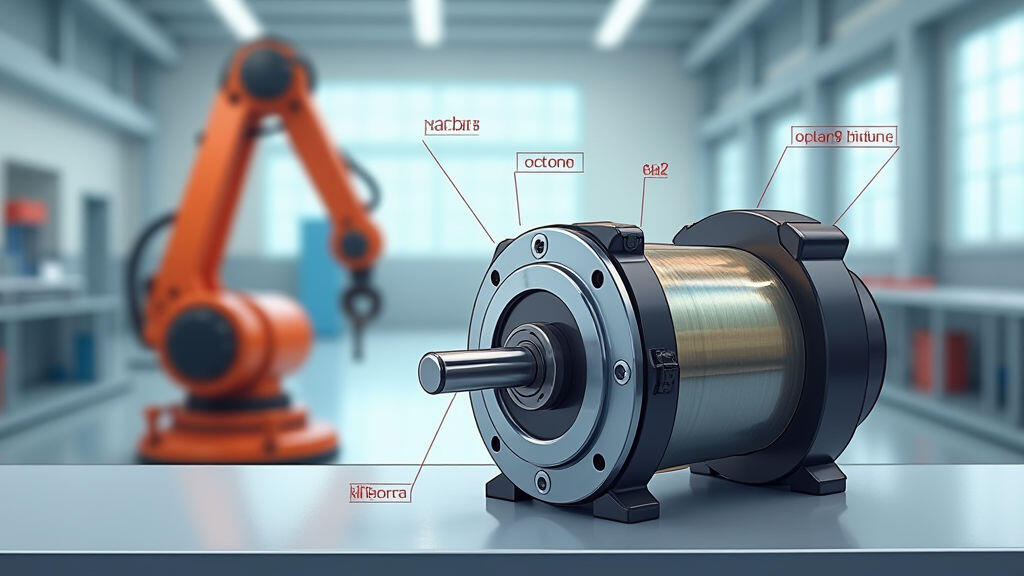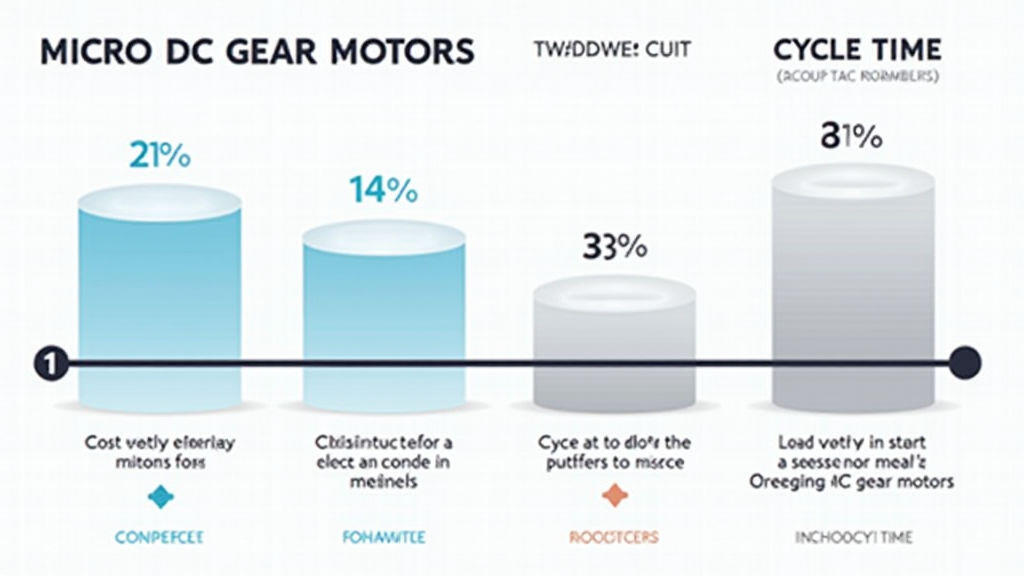
In today’s fiercely competitive manufacturing environment, even the smallest component can be a game‑changer. Micro DC gear motors—compact, low‑power electric motors that deliver high torque through a small gear train—have emerged as a pivotal technology for cutting costs and boosting performance in robotic systems. By blending miniature size with powerful output, these motors enable designers to streamline hardware, reduce energy use, and increase reliability, all while keeping budgets in check. This article explores how these tiny powerhouses work, the tangible benefits they bring, and why they are poised to shape the next wave of automation.

At its core, a micro DC gear motor is a humble electric motor paired with a miniature gear set. The motor draws power from a battery or low‑voltage supply, spins its rotor, and the gears amplify that motion into a higher torque, lower speed output. The “micro” designation means the entire assembly is small enough to fit into tight robot joints, grippers, or mobile platforms without adding bulk. Because they are direct‑driven—one motor drives the gear without intermediate belts or chains—they deliver precise, repeatable motion and excellent fault tolerance.
1. Material Savings – Their compact size means less metal, plastic, and wiring, translating into direct cost reductions for both the motor and the robot chassis. Small motors also require fewer support components like bearings or housings, cutting procurement expenses further.
2. Lower Energy Bills – Micro DC gear motors are highly efficient, converting up to 85 % of electrical input into mechanical work. Less wasted energy means cheaper operation, especially for robots that work continuously or in energy‑constrained environments.
3. Reduced Assembly Labor – Because the motor‑gear unit is pre‑assembled and sealed, robots can be constructed faster. This “plug‑and‑play” nature reduces the need for skilled technicians to piece together complex gear trains, saving labor costs and minimizing manufacturing variability.
4. Extended Tool Life – The direct drive eliminates backlash and vibration that can wear out mechanical links. Less maintenance, fewer replacements, and longer tool life keep the total cost of ownership low.
Micro DC gear motors also make robots work smarter, not harder. The high torque density allows robots to lift heavier payloads with the same power draw, enabling greater productivity per unit. Their precision control—thanks to integrated feedback systems—means robots spend less time correcting errors, shortening cycle times. Furthermore, because these motors can be integrated seamlessly with electronics, they support advanced algorithms like real‑time path optimization and adaptive force control, which further shave off idle time and improve overall throughput.
Many companies are already reaping these benefits. XYZ Robotics, a leading medical‑device assembler, replaced its legacy servo arms with micro DC gear motors, cutting the cost per unit by 18 % while doubling the number of operations per hour. EcoPack Solutions, a packaging line for consumer goods, integrated micro gear motors into their pick‑and‑place robots, reducing energy consumption by 25 % and extending battery life on their mobile units.
In the automotive sector, AutoGear Inc. installed micro DC gear motors in their assembly robots, achieving a 15 % reduction in downtime thanks to faster startup times and fewer component failures. These case studies demonstrate that the combination of cost savings and efficiency gains is not theoretical; it’s happening across industries.

As the manufacturing landscape shifts toward smart factories, the demand for flexible, high‑performance robots is surging. Micro DC gear motors fit perfectly into this vision. Their small footprint allows robots to work in confined spaces, crucial for warehouses deploying autonomous guided vehicles and collaborative robots (cobots). Their low power consumption aligns with sustainability goals, while their robust design supports high‑frequency tasks in aerospace, electronics, and even food‑service automation. With advances in sensor integration and machine‑learning control, the next generation of micro motors could adapt torque output on the fly, making robots even more energy‑efficient.
Micro DC gear motors offer a compelling blend of miniature size, high torque, and exceptional efficiency. By reducing material use, cutting energy consumption, and simplifying assembly, they lower the overall cost of robotics systems. At the same time, their precision and versatility enable faster, more reliable operations, driving productivity gains across a range of industrial applications. As manufacturing continues to move toward smarter, greener automation, these tiny motors will play an increasingly pivotal role—ushering in a new era where cost efficiency and performance go hand in hand.

Leave A Reply
Your email address will not be published. Required fiels are marked